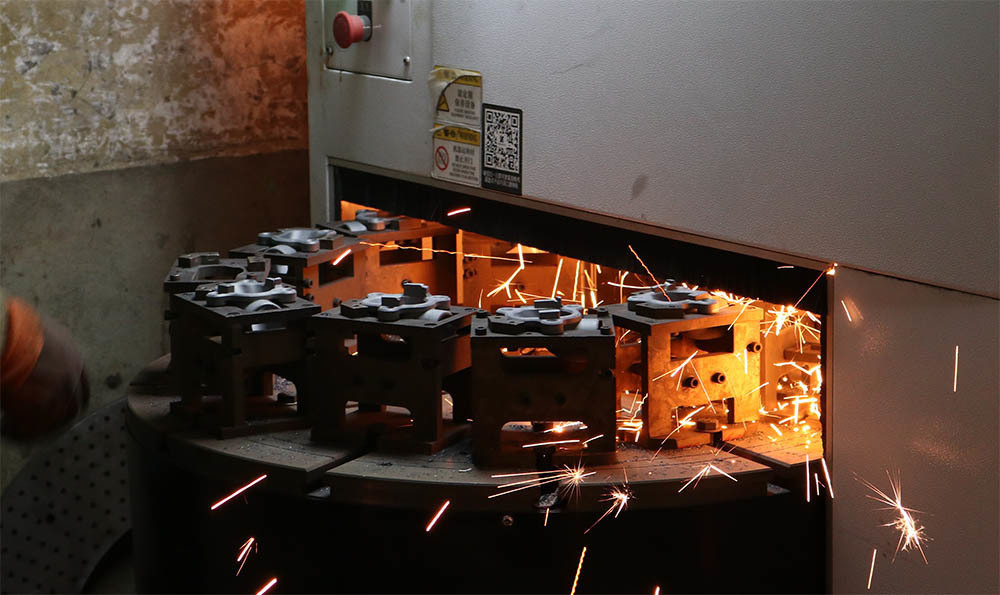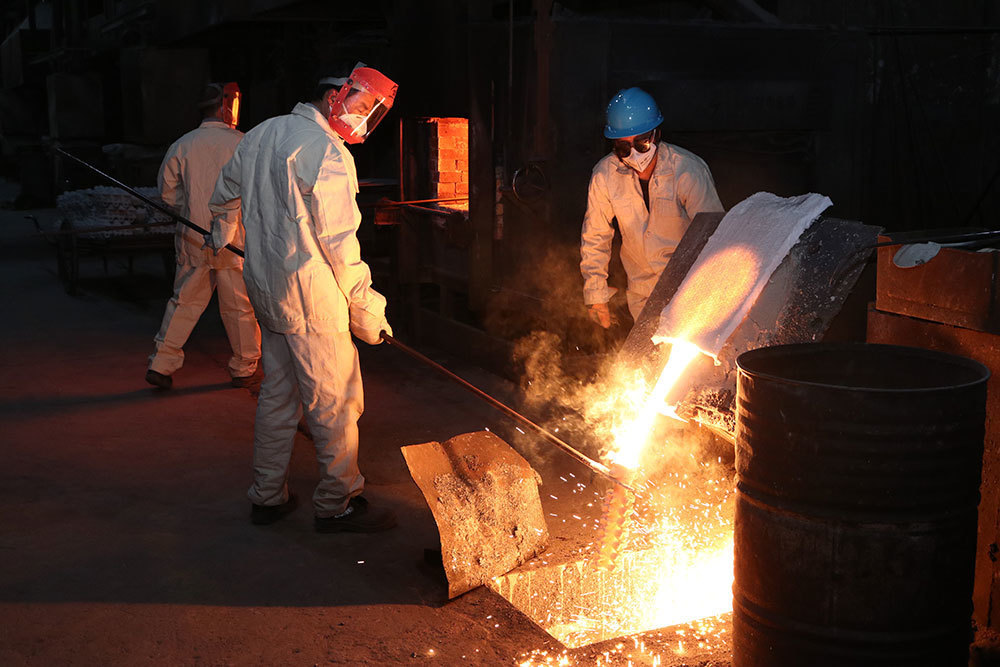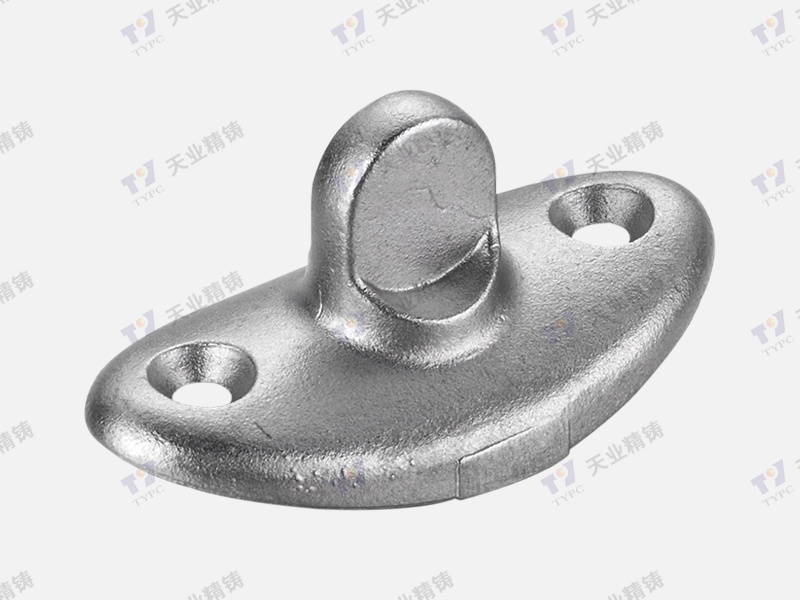2025-06-04
Revolutionizing Mobility: The Impact of Other Alloy Castings on the Automotive Electronics Industry
Revolutionizing Mobility: The Impact of Other Alloy Castings on the Automotive Electronics Industry
Table of Contents
- Introduction to Automotive Electronics and Alloy Castings
- The Importance of Alloy Castings in Automotive Electronics
- Types of Alloy Castings Used in the Automotive Industry
- Benefits of Using Other Alloy Castings in Automotive Electronics
- Applications of Alloy Castings in Automotive Electronics
- Challenges Facing the Adoption of Alloy Castings
- Future Trends in Alloy Castings and Automotive Electronics
- Conclusion
- Frequently Asked Questions
Introduction to Automotive Electronics and Alloy Castings
The automotive industry is undergoing a significant transformation fueled by advancements in electronics and innovative materials. **Automotive electronics** encompasses a wide range of components, from engine control units to infotainment systems, all designed to enhance vehicle performance, safety, and user experience. **Alloy castings** play a pivotal role in this evolution, providing designers and manufacturers with the flexibility and durability required for modern automotive applications.
In this article, we will explore how other alloy castings are revolutionizing the automotive electronics sector, improving functionality, and paving the way for future advancements.
The Importance of Alloy Castings in Automotive Electronics
Alloy castings are integral in manufacturing various electronic components for vehicles. Their ability to resist corrosion, withstand high temperatures, and provide excellent mechanical properties makes them a preferred choice for automotive applications.
**Why are alloy castings important?**
- **Durability**: Alloy castings can endure extreme conditions, ensuring longevity and reliability.
- **Weight Reduction**: Lightweight alloys contribute to improved fuel efficiency and performance.
- **Versatility**: They can be molded into complex shapes, accommodating intricate designs in electronics.
By incorporating alloy castings, manufacturers can produce lighter, more efficient, and more reliable automotive components that meet the demands of modern vehicles.
Types of Alloy Castings Used in the Automotive Industry
Various types of alloy castings are utilized in the automotive electronics sector. Understanding these alloys helps in selecting the right material for specific applications.
Aluminum Alloy Castings
Aluminum alloys are among the most common materials used in automotive electronics. They offer a combination of lightweight properties and excellent thermal conductivity. Common applications include:
- **Heat sinks** for electronic components.
- **Enclosures** for sensitive devices.
Magnesium Alloy Castings
Magnesium alloys are known for their low density and high strength-to-weight ratio. They are used in applications such as:
- **Instrument panels** and **housing** for electronic sensors.
Zinc Alloy Castings
Zinc alloys provide excellent corrosion resistance and are often used in:
- **Connectors** and **switches** within automotive electronics.
Benefits of Using Other Alloy Castings in Automotive Electronics
Adopting other alloy castings in automotive electronics brings multiple advantages, enhancing both performance and manufacturing processes.
Enhanced Performance
Alloy castings contribute to better thermal management in electronic components, reducing the risk of overheating. This ensures that critical systems operate efficiently under various conditions.
Cost-Effectiveness
While initial costs may vary, the long-term savings associated with reduced maintenance and improved fuel efficiency can offset these expenses.
Environmental Impact
Using lightweight materials helps reduce a vehicle's overall weight, leading to lower fuel consumption and decreased emissions. This aligns with global trends toward sustainability in the automotive industry.
Applications of Alloy Castings in Automotive Electronics
The versatility of alloy castings allows them to be utilized in numerous applications within automotive electronics, driving innovation and enhancing vehicle functionality.
Powertrain Components
Alloy castings are critical in powertrain applications, including:
- **Transmission housings**: These need to be lightweight yet robust, making alloy castings ideal.
- **Engine mounts**: Designed to absorb vibrations and support engine weight.
Sensor Housings
Many modern vehicles rely on sensors for various functionalities. Alloy castings provide necessary protection for sensitive electronics while maintaining performance.
Dashboard and Control Interfaces
The aesthetics and functionality of dashboards depend immensely on the materials used. Alloy castings offer the perfect blend of durability and design flexibility.
Challenges Facing the Adoption of Alloy Castings
Despite their numerous benefits, there are challenges associated with using alloy castings in automotive electronics.
Manufacturing Complexity
Creating intricate designs with alloy castings can be more complex than using traditional materials, potentially leading to higher production costs.
Material Limitations
While alloy castings offer many advantages, specific limitations in terms of impact resistance and conductivity can affect their use in certain applications.
Future Trends in Alloy Castings and Automotive Electronics
As the automotive industry continues to evolve, we can expect several trends to shape the future of alloy castings in automotive electronics.
Increased Use of Advanced Materials
The development of new alloy compositions will enhance the performance and sustainability of automotive components.
Integration with Smart Technologies
As vehicles become more connected, the integration of alloy castings with smart technologies will create opportunities for innovation in design and functionality.
Focus on Sustainability
With rising environmental concerns, manufacturers will increasingly seek sustainable alloy casting options, aligning with global trends toward eco-friendliness.
Conclusion
The influence of other alloy castings on the automotive electronics industry is profound and multifaceted. These materials not only enhance the performance and durability of automotive components but also align with the industry's shift toward sustainability and innovation. As we move forward, embracing new alloy technologies will be essential for the continued evolution of automotive electronics, ultimately revolutionizing mobility as we know it.
Frequently Asked Questions
1. What are alloy castings?
Alloy castings are materials made by melting and pouring alloys into molds to create specific shapes. They are widely used in manufacturing various automotive components due to their durability and versatility.
2. How do alloy castings improve automotive electronics performance?
Alloy castings enhance performance by providing better thermal management, reducing weight, and ensuring durability, which is vital for the longevity of electronic components.
3. Are alloy castings environmentally friendly?
Yes, alloy castings contribute to reduced fuel consumption and emissions due to their lightweight nature and durability, aligning with sustainable automotive practices.
4. What challenges are associated with alloy castings in automotive applications?
Challenges include manufacturing complexity, material limitations, and the need for specialized production techniques, which can increase costs.
5. What trends are shaping the future of alloy castings in automotive electronics?
Future trends include the increased use of advanced materials, integration with smart technologies, and a focus on sustainability in manufacturing processes.









